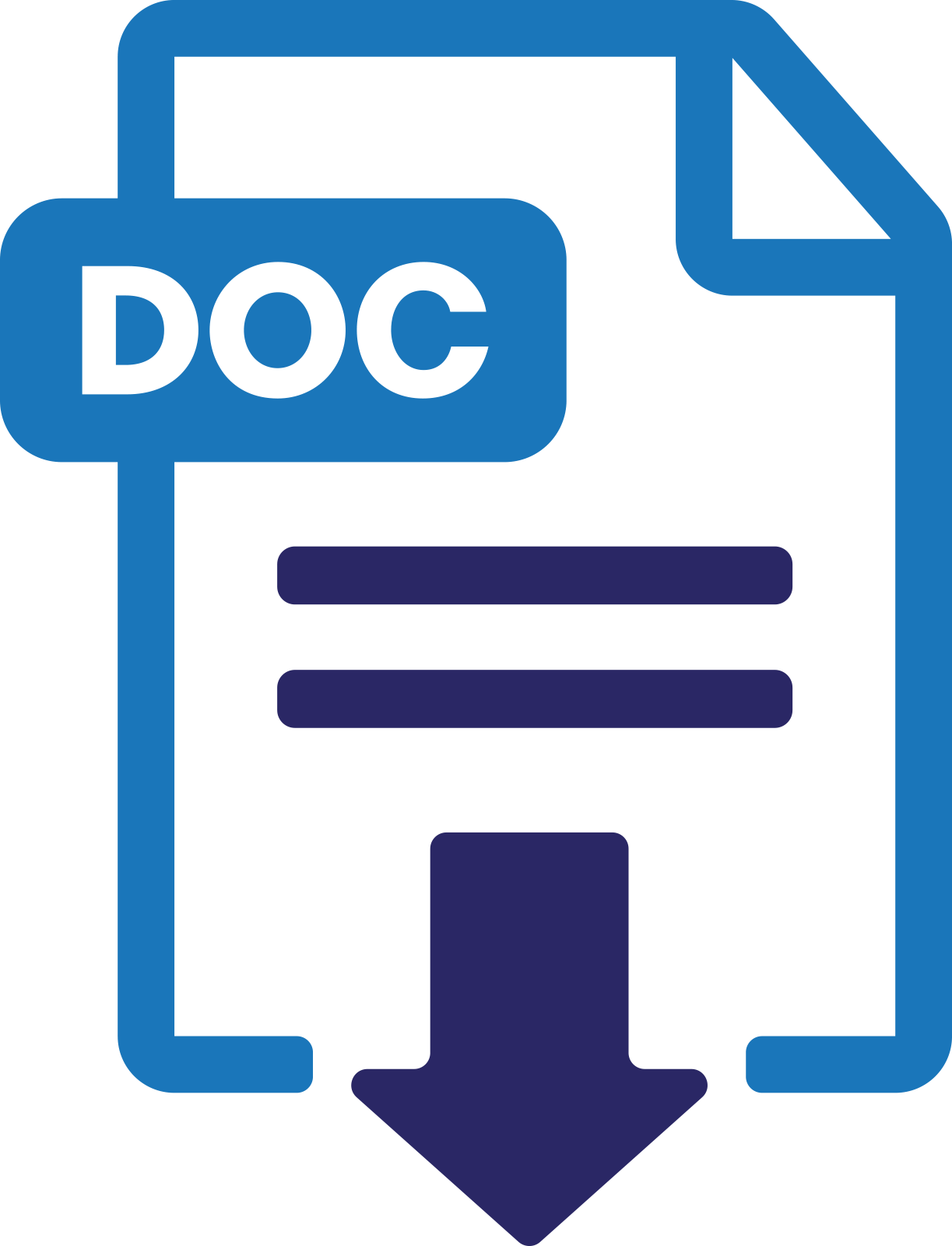The Synthesis of Fe2O3 from Domestic Waste as a Multipurpose Material
Abstract
Indonesia is categorized as an industrial country that produces a lot of metal waste, so it is necessary to process this metal waste. One way of processing metal waste is that it can be used as pigment. Pigments are natural substances that give rise to color, namely optical properties whose applications are endless, almost all industrial fields really need pigments, from the ceramics industry, paint industry, and plastics industry to batik craftsmen who also need pigments or dyes. The method used in this test is hydrometallurgy, which consists of a leaching process and recovery. In this research, the pigment was produced oxide red from iron wool raw materials. The weight of the oxide red pigment obtained for Experiment 1: 0.20 grams, Experiment 2: 4.96 grams, Experiment 3: 2.63 grams, Experiment 4: 2.22 grams. Then the yield obtained in Experiment 1: 0.204 grams of pigment/gram of iron, Experiment 2: 1.984 grams of pigment/gram of iron, Experiment 3: 1.052 grams of pigment/gram of iron, and Experiment 4: 0.888 grams of pigment/gram of iron. The conversion obtained in Experiment 1: 60%, Experiment 2: 74%, Experiment 3: 81% and Experiment 4: 78%. The pigment results obtained using this method can be further applied in industry because the conversion results obtained are quite high.
Full Text:
PDFReferences
H. J. Patel, “Handbook for Chemical Process Industries,” Handb. Chem. Process Ind., no. October, pp. 1–561, 2023, doi: 10.1201/9781003412281.
X. Yan et al., “A natural yellow colorant from Buddleja officinalis for dyeing hemp fabric,” Ind. Crops Prod., vol. 171, no. July, p. 113968, 2021, doi: 10.1016/j.indcrop.2021.113968.
L. C. Tsai, F. C. Tsai, N. Ma, and C. M. Shu, “Hydrometallurgical Process for Recovery of Lithium and Cobalt from Spent Lithium-Ion Secondary Batteries,” Adv. Mater. Res., vol. 113–116, no. 2010, pp. 1688–1692, 2010, doi: 10.4028/www.scientific.net/AMR.113-116.1688.
M. N. Le and M. S. Lee, “A Review on Hydrometallurgical Processes for the Recovery of Valuable Metals from Spent Catalysts and Life Cycle Analysis Perspective,” Miner. Process. Extr. Metall. Rev., vol. 42, no. 5, pp. 335–354, 2021, doi: 10.1080/08827508.2020.1726914.
S. U. Muzayanha et al., “A fast metals recovery method for the synthesis of lithium nickel cobalt aluminum oxide material from cathode waste,” Metals (Basel)., vol. 9, no. 5, 2019, doi: 10.3390/met9050615.
H. S. E. A. Gustiana, I. M. Bendiyasa, A. Prasetya, F. R. Mufakhir, W. Astuti, and H. T. B. M. Petrus, “The kinetic study of limonitic low grade nickel ore leaching using hydrochloric acid,” IOP Conf. Ser. Mater. Sci. Eng., vol. 478, no. 1, 2019, doi: 10.1088/1757-899X/478/1/012009.
S. U. Muzayanha, C. S. Yudha, L. M. Hasanah, A. Nur, and A. Purwanto, “Effect of Heating on the Pretreatment Process for Recycling Li-Ion Battery Cathode,” JKPK (Jurnal Kim. dan Pendidik. Kim., vol. 4, no. 2, p. 105, 2019, doi: 10.20961/jkpk.v4i2.29906.
J. Zhang, J. Hu, W. Zhang, Y. Chen, and C. Wang, “Efficient and economical recovery of lithium, cobalt, nickel, manganese from cathode scrap of spent lithium-ion batteries,” J. Clean. Prod., vol. 204, pp. 437–446, 2018, doi: 10.1016/j.jclepro.2018.09.033.
C. S. Yudha, L. M. Hasanah, S. U. Muzayanha, H. Widiyandari, and A. Purwanto, “Synthesis and Characterization of Material LiNi0.8Co0.15Al0.05O2 Using One-Step Co-Precipitation Method for Li-Ion Batteries,” JKPK (Jurnal Kim. dan Pendidik. Kim., vol. 4, no. 3, p. 134, 2019, doi: 10.20961/jkpk.v4i3.29850.
T. Or, S. W. D. Gourley, K. Kaliyappan, A. Yu, and Z. Chen, “Recycling of mixed cathode lithium‐ion batteries for electric vehicles: Current status and future outlook,” Carbon Energy, vol. 2, no. 1, pp. 6–43, 2020, doi: 10.1002/cey2.29.
C. S. Yudha et al., “Fast production of high performance LiNi0.815Co0.15Al0.035O2 cathode material via urea-assisted flame spray pyrolysis,” Energies, vol. 13, no. 11, 2020, doi: 10.3390/en13112757.
A. Jumari, E. Apriliyani, S. U. Muzayanha, A. Purwanto, and A. Nur, “Reprocessing through co-precipitation of NCA cathode scrap waste for cathode material of Li-ion battery,” in the 5Th International Conference on Industrial, Mechanical, Electrical, and Chemical Engineering 2019 (Icimece 2019), 2020, vol. 2217, no. April, p. 030017. doi: 10.1063/5.0000647.
DOI: https://doi.org/10.20961/esta.v3i1.79032
Refbacks
- There are currently no refbacks.



